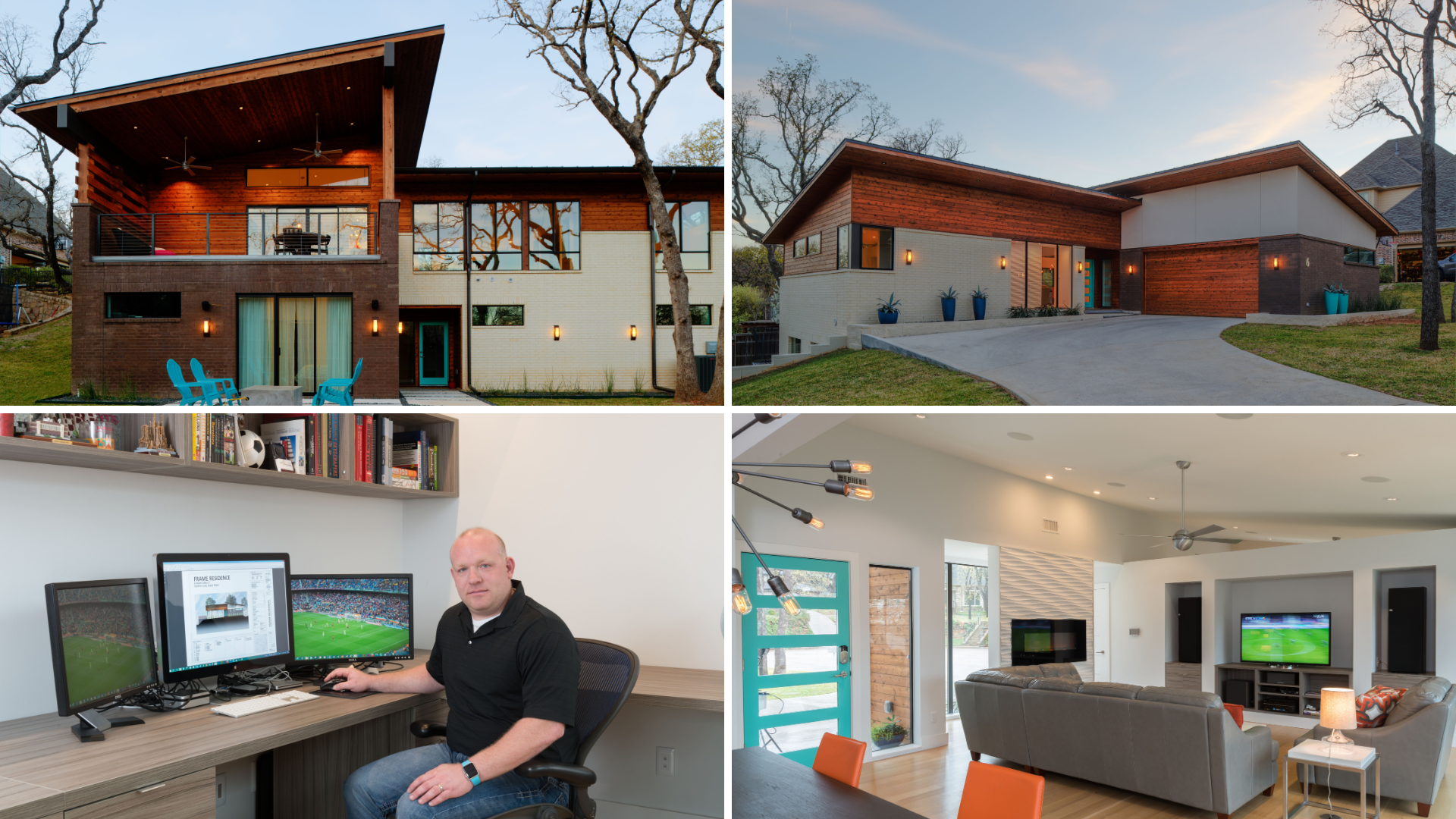The process of hiring an architect for a custom home design, or for remodeling rooms and spaces in an existing home, can be intimidating for many. This is like the feeling one might experience when hiring an attorney or CPA. The training and knowledge required for these services are highly specialized and can require a hefty investment on the part of the client.
Of course, all professional services and fees are relative. Experienced and knowledgeable architects, as with attorneys or accountants, can use their visions and training to transform a residential space into a place where years of happiness can occur and, when it comes time to sell, the value of a home design project can be enhanced.
What This Means for You — Understanding the process of hiring and working with an architect for new home construction or remodeling projects can result in a better experience for both parties—the client and the architect.
Homes constructed of brick can last for many generations over hundreds of years with less maintenance. For this reason, many new home buyers ask architects and builders to specify brick for exterior walls. Click here for a free pocket guide for brick construction.
Tips on Architecture from an Expert

Marc Frame is a principal of TexMod Architecture / TexMod Homes. His company designs and manages projects in the fast-growing area of northeast Tarrant County in Texas, which includes DFW suburbs Southlake, Colleyville, Trophy Club, and Grapevine. These projects are “modern” in style and include new homes, additions, and large-scale kitchen and bath remodels. The TexMod companies do design and build, taking the project from concept through construction.
Frame understands why clients might feel some insecurity about hiring an architect. It is all about time, money, and trust.
“A first meeting with a potential client is actually a mutual interview,” he said. “This is where the architect must decide if the project and the potential client are a good fit.
“Clients don’t need to have everything figured out before they engage an architect. They just need to know what problem they need to solve and an idea of what they want in the end. It’s the architect’s job to help them collaboratively get from Point A to Point B.
“I think a lot of clients think of architects as a commodity—someone who just draws lines on paper,” Frame said. I try to communicate that architects are problem solvers who utilize visual drawings to communicate a solution to the problem with both a functional and aesthetic aspect. Draftsmen are individuals who just draw lines on paper but aren’t trained to take everything into account that an architect would.
“Part of an architect’s training and experience allows them to come up with a finished product that is visually pleasing, is proportional, functions, and ties everything together in balance and harmony.”

Six Questions to Ask an Architect
As someone who has successfully worked with many clients, Frame is an excellent source for questions that clients should ask architects before signing the retainer contract. Here are six important questions to ask:
1. Are you actually a Registered Architect? To become registered, one must go to school for 6 years, obtain a master’s degree in architecture, intern for about 2,000 hours, pass 9 exams, and do yearly continuing education. Many designers out there haven’t done these things but portray themselves as “architects” and the public doesn’t understand the difference.
2. What is your work process like? This might consist of obtaining information from the client, preparing a concept design, meeting to talk about progress, taking those meetings and incorporating changes into drawings, and finalizing the drawing set. In the end, what are the deliverables (set of drawings, and to what detail)?
3. How do you charge for your work? When are changes allowed, and what do you charge to make changes?
4. Do you have experience with our type of project? Do you have examples you can show us in photos or in person? Do you have some references?
5. How do you design with respect to our budget? Do you understand what construction costs are and price out the design as you go along? What happens if the design comes in over budget?
6. Who is actually working on my project—the principal, project architect, or intern? How do those people communicate with each other? In a small firm, you are most likely dealing with the owner, who is both designing and producing the drawings.
Aside from these specific questions, even seasoned homeowners who may have used an architect in previous projects will sometimes fail to consider other, more nuanced factors.
Frame suggests serious consideration of other factors: “Do the personalities of the architect and client mesh? Is it going to be a mutual working relationship with respect both ways? When conflict arises, will the two parties be able to work things out?”
(Marc served as his own architect for this home!)
What to Expect for a Design Schedule?
Every client wants to know, “how long is this gonna take?” Since every project is different, this question is challenging.
“That is a difficult question to answer,” Frame said. “There are many variables that go into that equation, including:
- What is the scope and budget?
- How quickly are decisions made by the client?
- Are there multiple options or changes being considered?
- Is it a new home or remodel/addition that might be used to accommodate multiple generations under one roof?
- What level of detail in the drawings is needed to convey the information to build?
- Are consultants such as structural specialists, mechanical, electrical and plumbing (MEP), interior designers, landscape architects, and civil engineers included in the fee?
- Will the project be bid out, or is it design-build?
“Typically, architectural fees can be anywhere from 3% to 15% of construction costs and take 3 -12 months to go from conception to final drawings for permitting and construction,” he concluded.
Acme is more than just brick. For premium home products for new home construction or remodeling improvements, click here to learn about our Innovative Building Products.

